We Have a King!
John 12:12-19
1. Entry (verses 12-13)
2. Prophecy (verses 14-16)
3. Testimonies (verses 17-19)
The news cycle this week has been dominated by a single story. It all revolves around Pope Leo XIV. On Thursday, May 8, 2025, Leo XIV stood on a Vatican balcony and was presented to the world as the new pope Francis passed way last month. The media has been covering his story non-stop since then.
Perhaps the most significant thing about Pope Leo XIV is that he is the first Pope from the United States. Many thought that this would never happen because of the power-dynamics of the United States. The Roman Catholic Church wouldn’t want their most powerful leader to be from the most powerful nation in the world. Perhaps one of the reasons why he was even considered to be Pope is because of the time that he spent abroad. He spent nearly 20 years in Peru, in fact, he has dual citizenship, in Peru and in the United States. As a result, he has a good grasp of global issues. And of all ten of the American cardinals, who were eligible to be voted in a Pope, he was the “least American” of them all.
Now, as it turns out, he’s from Chicago, born in Chicago, and raised in Dolton, a suburb on the south side of Chicago. As a result, he is a White Sox fan. You can purchase a “Pope Leo 14” White Sox jersey for $210 today, to be delivered in two weeks. As a Bears fan, some have labeled him as “Da Pope.” You can purchase a t-shirt with this saying for only $30.
For the past few weeks, since the death of Pope Francis (April 21, 2025), much has been written about how the church would select their next Pope. Essentially, all of the cardinals from all across the world would travel to Rome, attend the funeral for Francis, and those cardinals who were younger than 80 years-old would participate in a conclave, where they would meet behind closed doors in the utmost of secrecy, to elect a new Pope.
In this case, there were 133 cardinals who were eligible to be a Pope. in the conclave, the cardinals would vote four times each day, twice in the morning and twice in the evening, until one of them received 2/3 of the votes. It took the cardinals only four votes to the 2/3 threshold. They elected Robert Francis Prevost to be the next Pope.
After this vote, Prevost was asked, 1. “Do you accept your canonical election as supreme pontiff?” to which he said, “Yes.” Then he was asked, 2. “By what name do you wish to be called?” to which he replied, “Leo.” Thus, Prevost became known forever as Pope Leo the fourteenth.
Now, I want to bring you back to the moment when he was introduced to the world as the next Pope.
The highest ranking cardinal of the conclave (Cardinal Protodeacon Dominique Mamberti) walked out on the balcony of St. Peter's Basilica at the Vatican, in front of thousands awaiting the announcement below. And he said two words, “Habemus Papam,” which is Latin for “We have a pope!” He then gives his name, “Robert Francis Prevost,” and the name he chose, “Pope Leo XIV.” And the crowd that is assembled went wild! They cheer and they cry! They are all filled with hope, as the Roman Catholic Church has a new leader.
For the next few days (or weeks or months), there is this honeymoon period as people get to know a bit about the new Pope. Everyone in the church is looking forward to see what sort of leadership the new Pope will bring to the church. What is he going to do to address the issue of clergy sex abuse? How is he going to deal with the LGBT issues in the church? How will he address the financial struggles of the church, which is currently operating at almost $100 million deficit each year? How will he navigate the progressive push of Pope Francis and the resistance by the conservative Catholics?
Currently, there is hope for all in the Catholic Church, that he will side with them on the issues. But as his direction becomes clear, there are many who will be disappointed in his leadership. as they find themselves on the opposite side of the issues. It’s at that moment that things will be difficult for Pope Leo as he seeks to lead the 1.4 Billion Catholics around the world. But Leo hasn’t faced any of that yet, as he is still in the honeymoon stage of his leadership, where all in the church can hope that they side with them on the issues he faces.
Al Mohler said it this way on his “Briefing” this past Friday. “And the way this generally works is that there’s an initial announcement and, I don’t know if you just noticed this, all of the press then goes fawning over this new pope, indicating that this is a person who’s going to bring unity and all these things. They’ll talk about what a high spiritual moment it was. But the pattern is largely this, just a few days and then just a few weeks later, you have people inside the church actually speaking out loud candidly about what they think.”[1]
As I reflected upon these things this week, I thought about how like this is to what we will see in our text of Scripture this morning.
In our exposition of the gospel of John, we have come this morning to John, chapter 12, beginning in verse 12, which tells the story of Jesus coming into Jerusalem, riding on a donkey, begin cheered on by the crowds who waving palm branches and crying out, “Hosanna! Blessed is he who comes in the name of the Lord, even the King of Israel!” We often call this event, “The Triumphal Entry,” as Jesus enters the city to the roar of the crowds.
To bring the parallelism into the events of this week, it’s as if the crowds are crying out, “Habemus Regem!” “We have a king!” That’s what they crowds were saying! “Hosanna! Blessed is he who comes in the name of the Lord, even the King of Israel!” “Habemus Regem” “We have a king!”
The title of my message this morning is “We Have a King!” And just like the Pope will experience a bit of a honeymoon period with the press and the world, Jesus experienced a bit of a honeymoon period with the crowds. Unlike the Pope, however, the honeymoon period of Jesus was very short, less than a week. It only took that long until they saw what his true intention was. And then, unlike the Pope will experience, the crowds didn’t just disagree with Jesus or be disappointed with him They killed him. But that’s not for a bunch of chapters in the gospel of John.
Here, this morning, we see the crowds rejoicing, just as they did in St. Peter’s Square this week for Pope Leo XIV. So, let’s consider our text. I encourage you to picture the crowd.
John 12:12-19
The next day the large crowd that had come to the feast heard that Jesus was coming to Jerusalem. So they took branches of palm trees and went out to meet him, crying out, “Hosanna! Blessed is he who comes in the name of the Lord, even the King of Israel!” And Jesus found a young donkey and sat on it, just as it is written, “Fear not, daughter of Zion; behold, your king is coming, sitting on a donkey's colt!” His disciples did not understand these things at first, but when Jesus was glorified, then they remembered that these things had been written about him and had been done to him. The crowd that had been with him when he called Lazarus out of the tomb and raised him from the dead continued to bear witness. The reason why the crowd went to meet him was that they heard he had done this sign. So the Pharisees said to one another, “You see that you are gaining nothing. Look, the world has gone after him.”
This story is included in all of the gospel accounts. It’s in Matthew 21. It’s in Mark 11 It’s in Luke 19. It's in John 12. In all of the gospel accounts, the story marks the beginning of the end. It is a crucial turning point in all of the gospel accounts. As such, it would be good for us to review again where we have been in the gospel of John.[2]
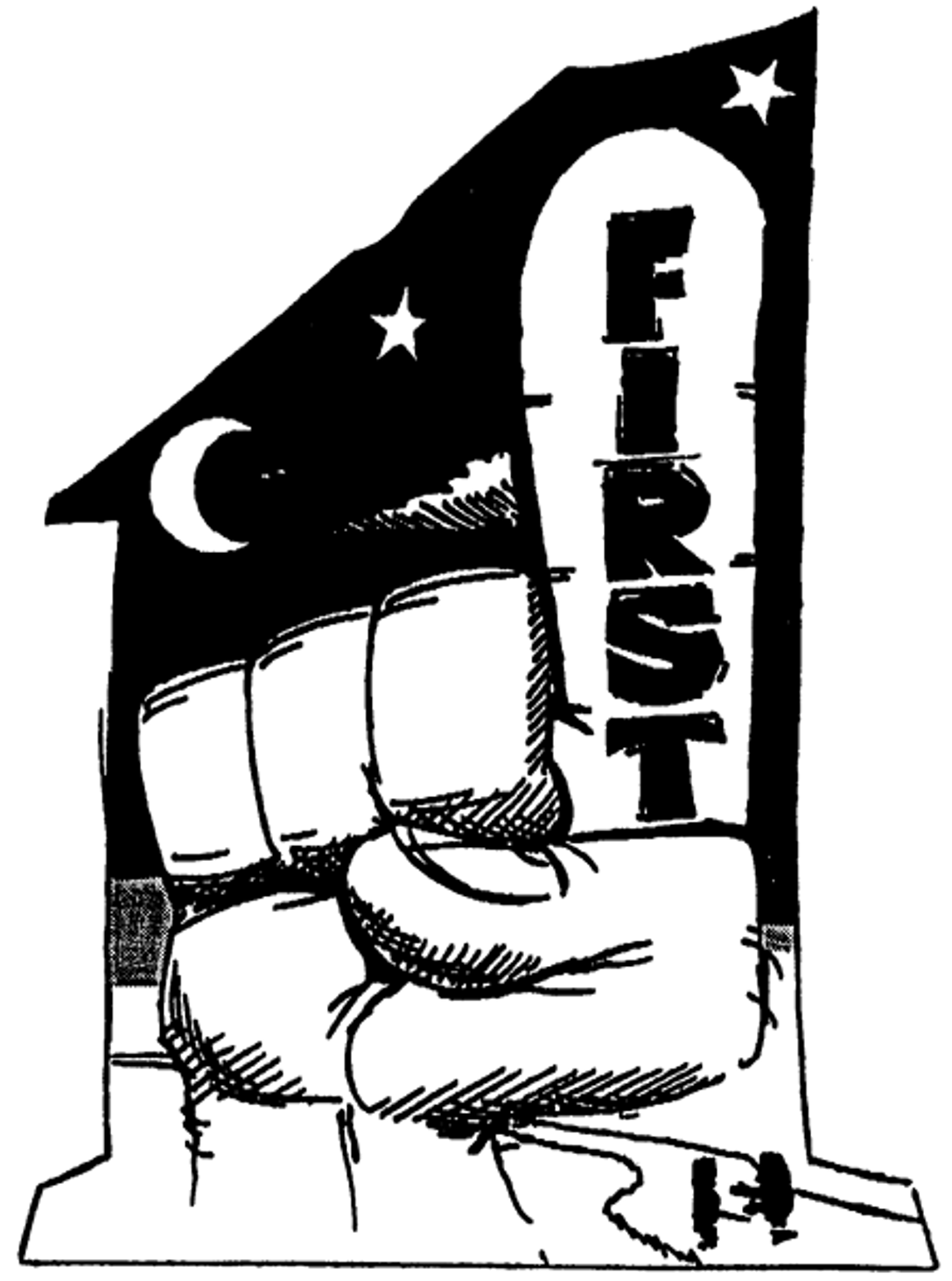
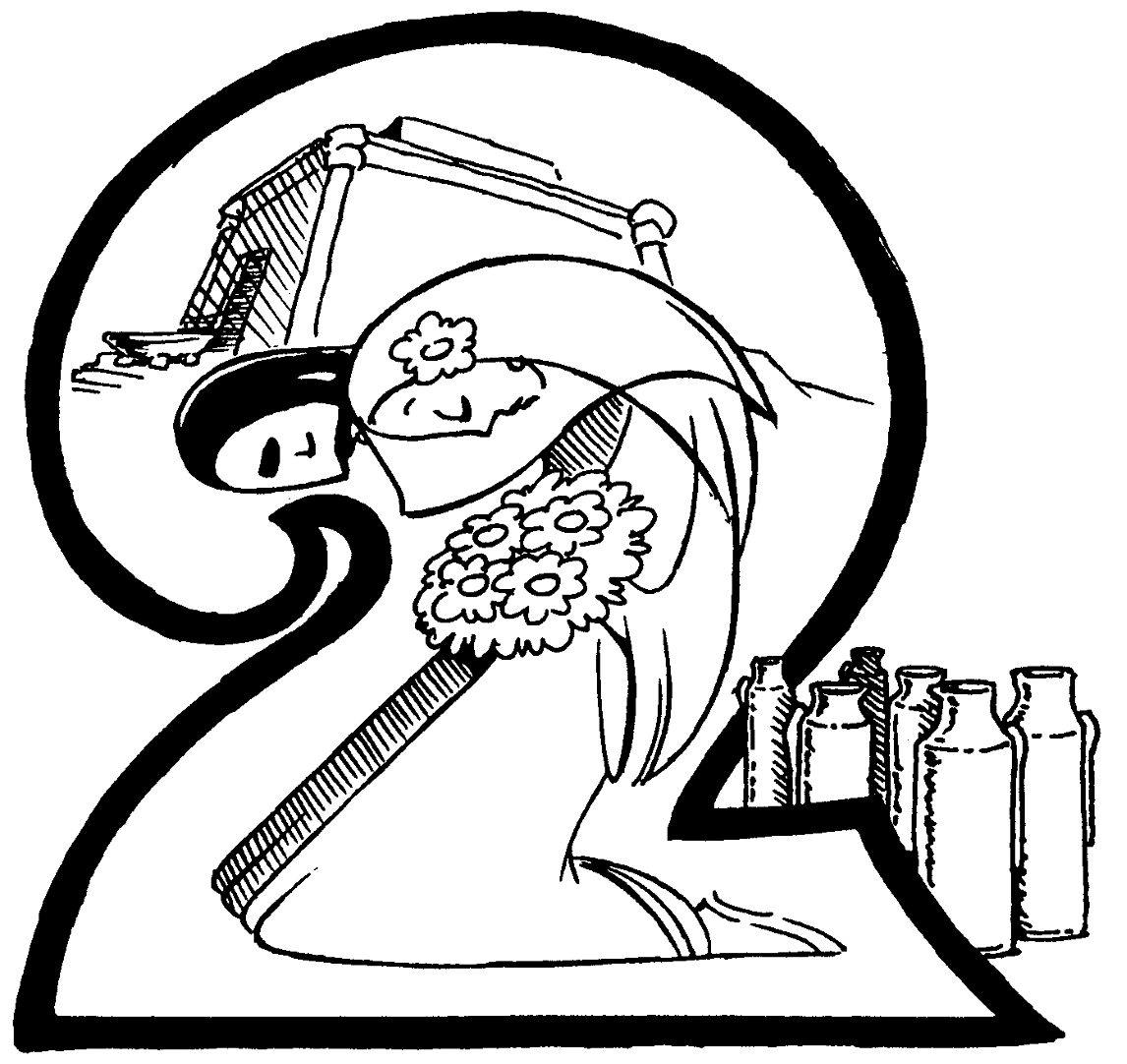
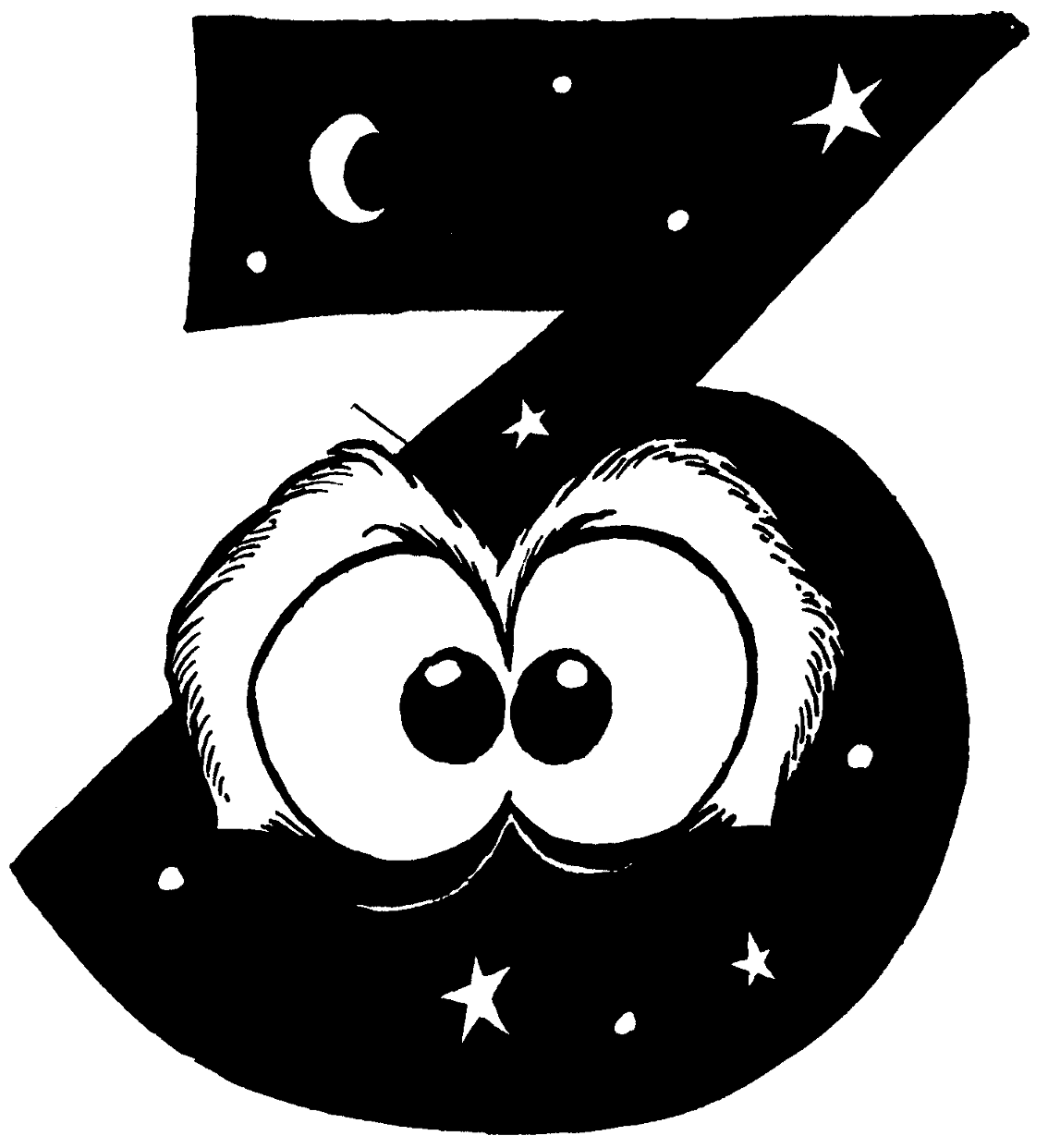
The gospel of John begins in chapter 1, with the Prologue, which I called, “an Overture,” as it mentions some key themes of the gospel of John. In chapter 2, we saw the wedding in Cana, and the cleansing of the temple. You can see that here with the husband and wife bowed in marriage, and the temple in the background. In chapter 3, we saw Jesus confronting Nicodemos at night about the new birth. You can remember this picture as it had the “deer in the headlights” eyes of Nic at Night.
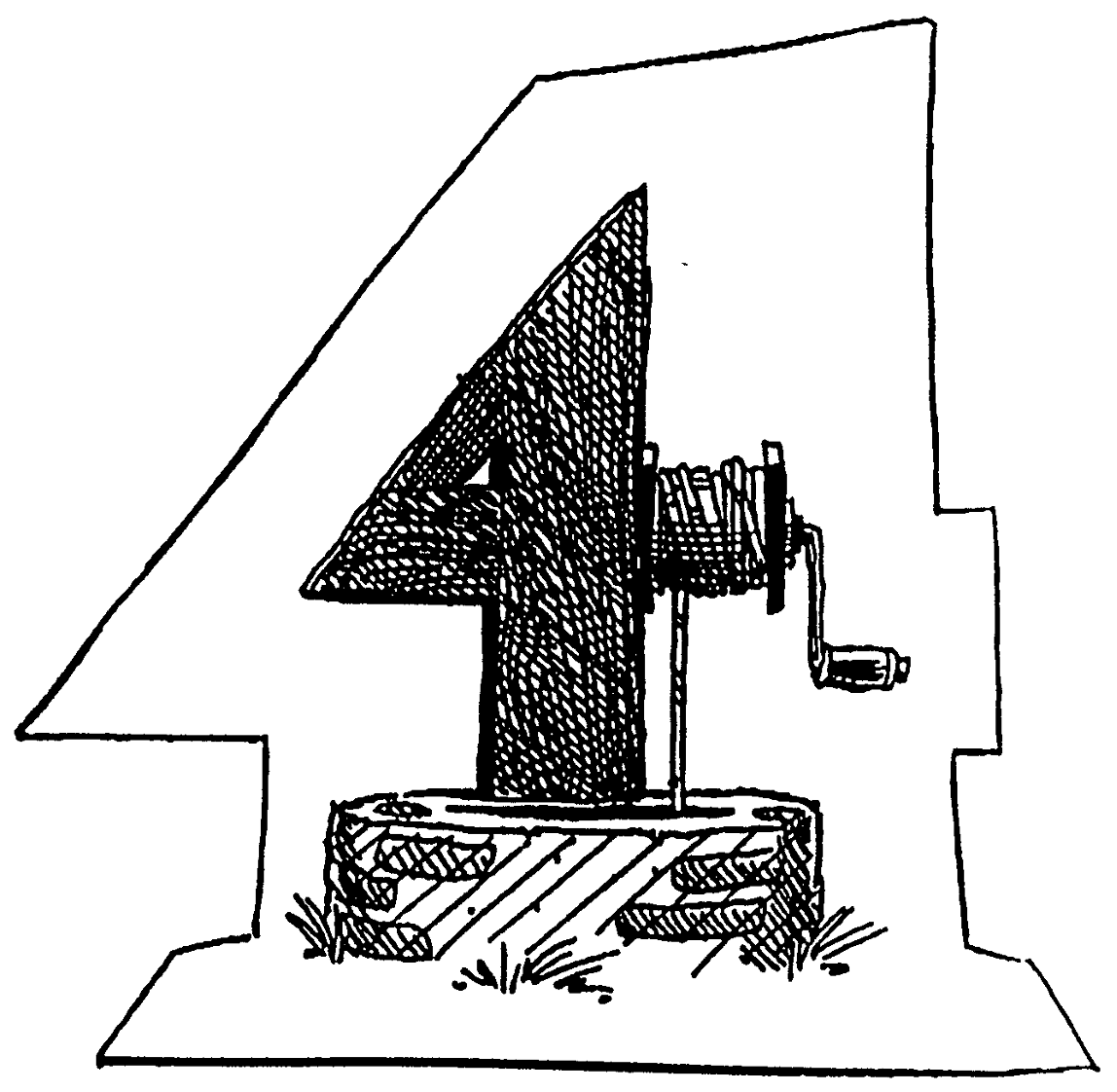
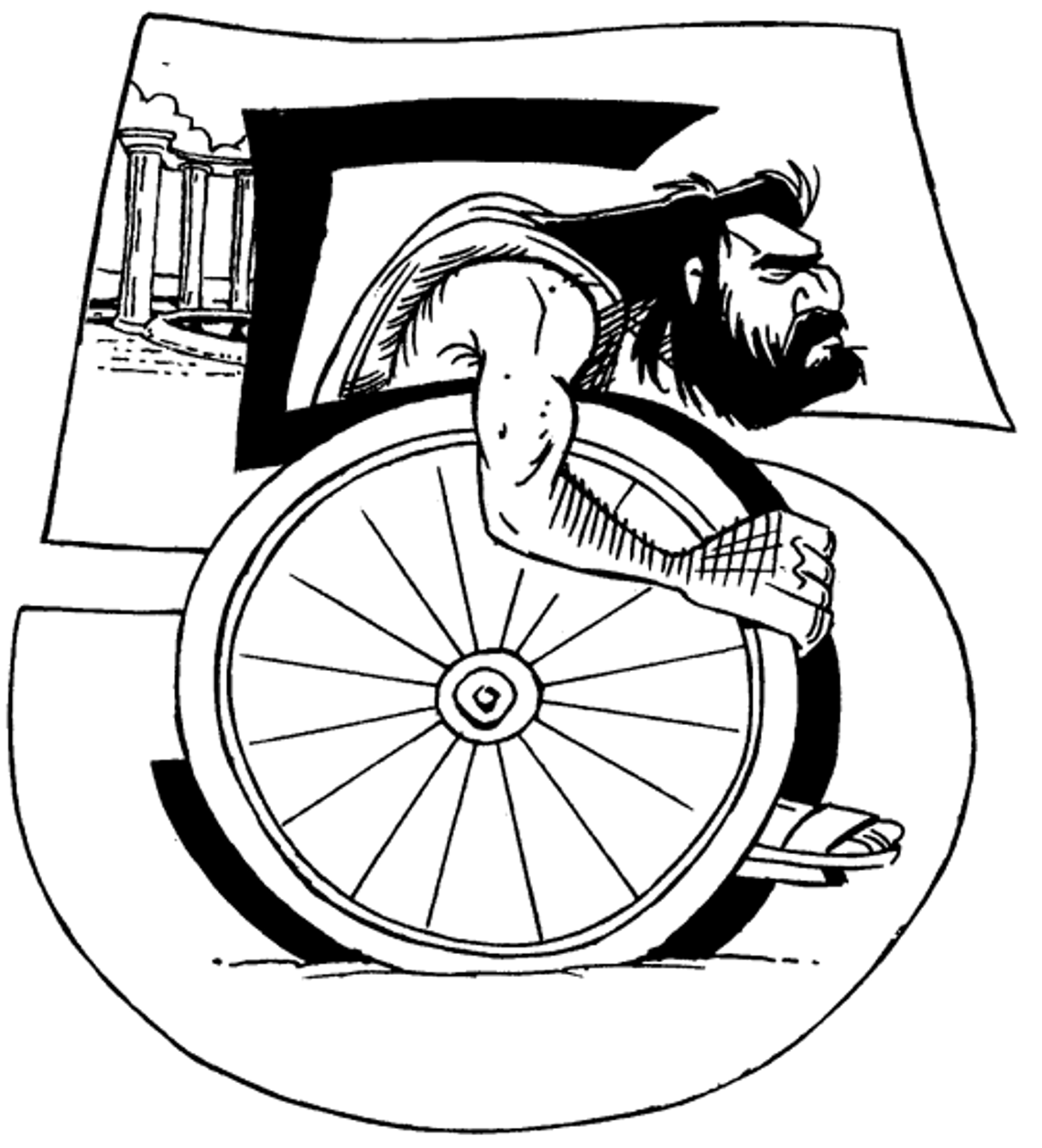
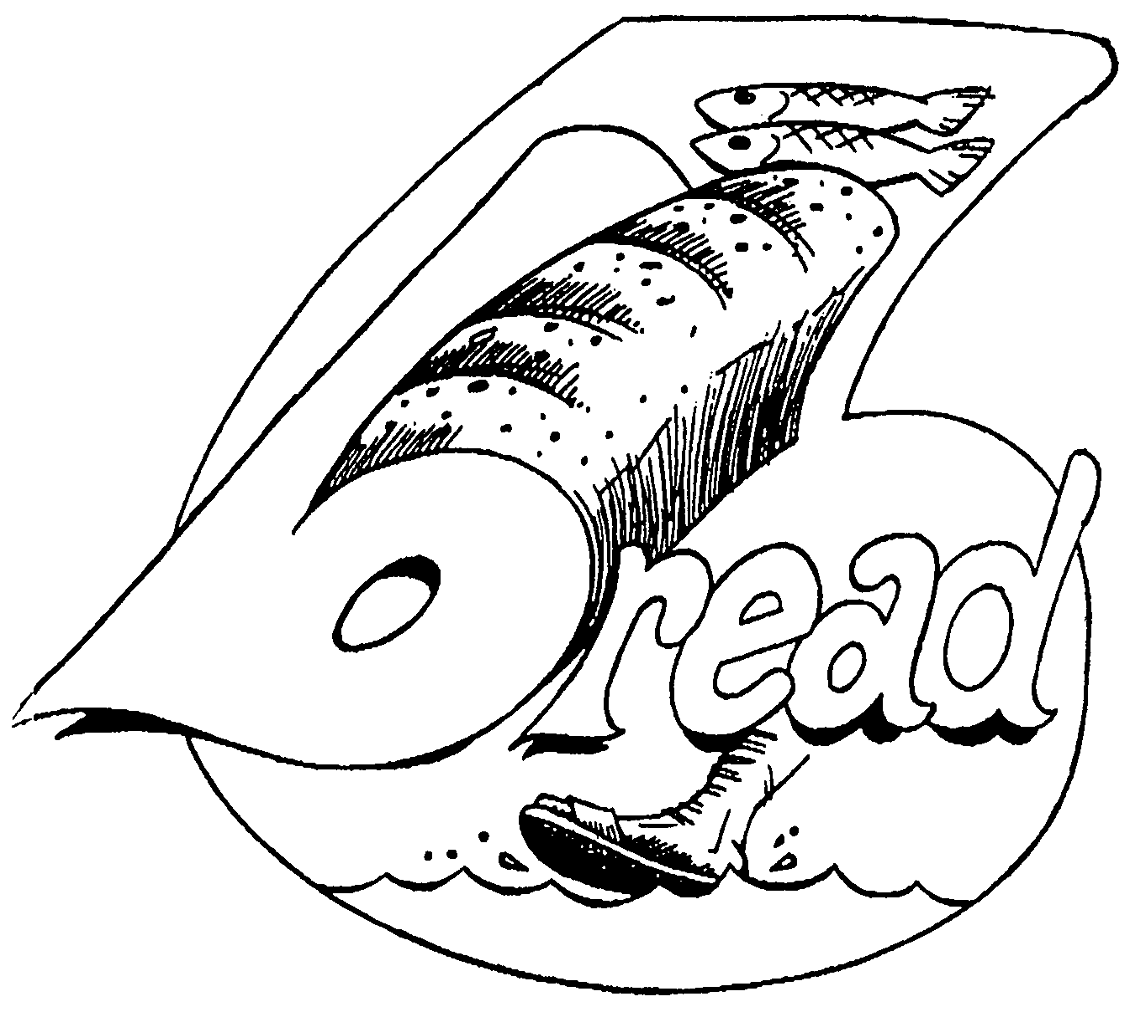
The number 4 looks like a well. Indeed, this chapter contains Jesus speaking with the woman at the well. The number 5 looks a bit like a man in a wheel-chair. This helps us to remember that Jesus healed the lame man in chapter 5. In chapter 6, we see Jesus feeding the 5,000, and walking on water. In chapter 6, Jesus says, “I am the bread of life.”

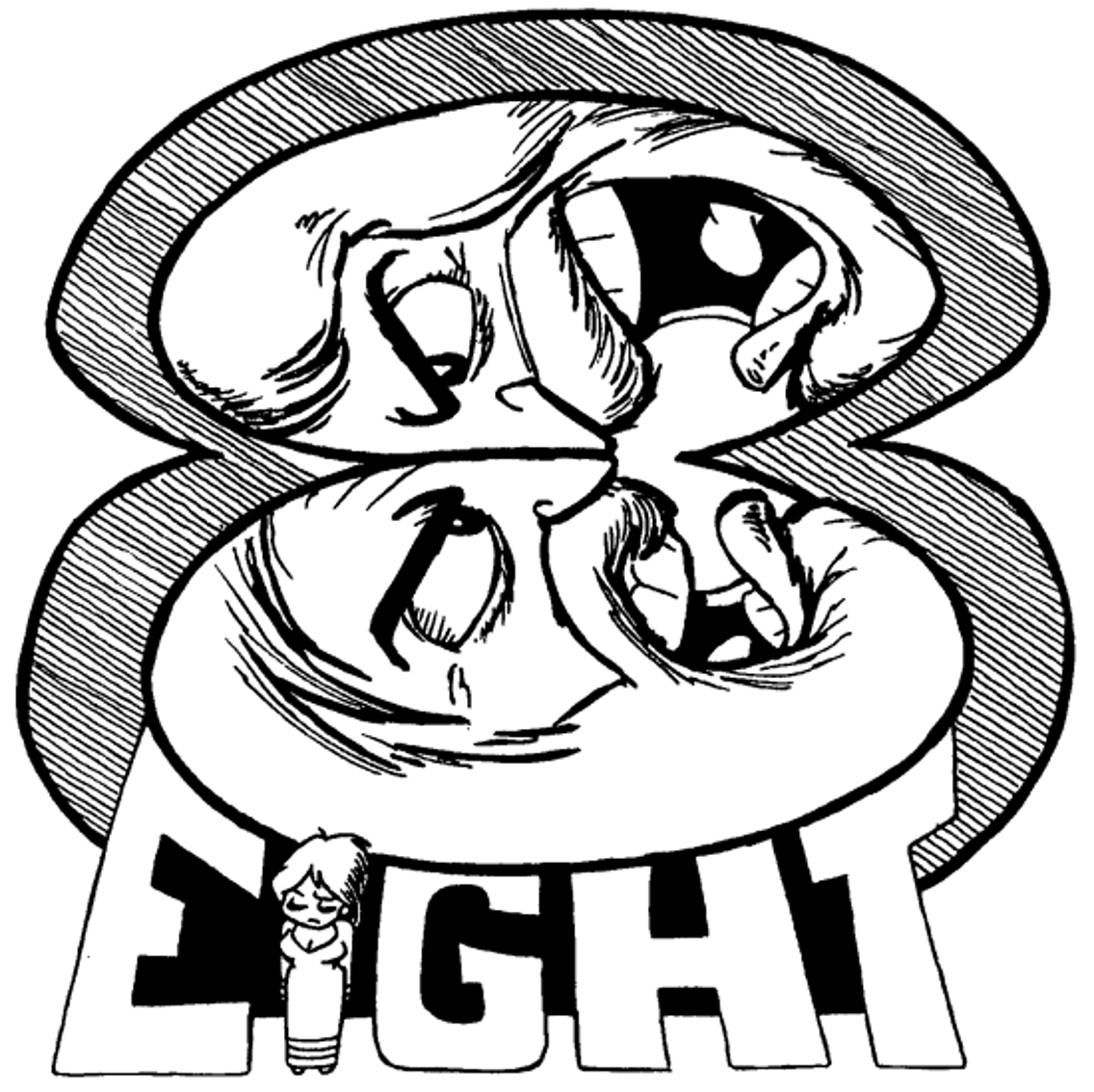
In chapter 7, we see Jesus attending the Feast of Booths in Jerusalem, where many were asking many questions about Jesus. whether indeed he was the Messiah or not. The crowds were confused when the authorities were not arresting Jesus, against whom they were speaking. In chapter 8, we find the escalation of the conflicts between Jesus and the religious leaders. you can remember that with the fighting words of the people against Jesus.
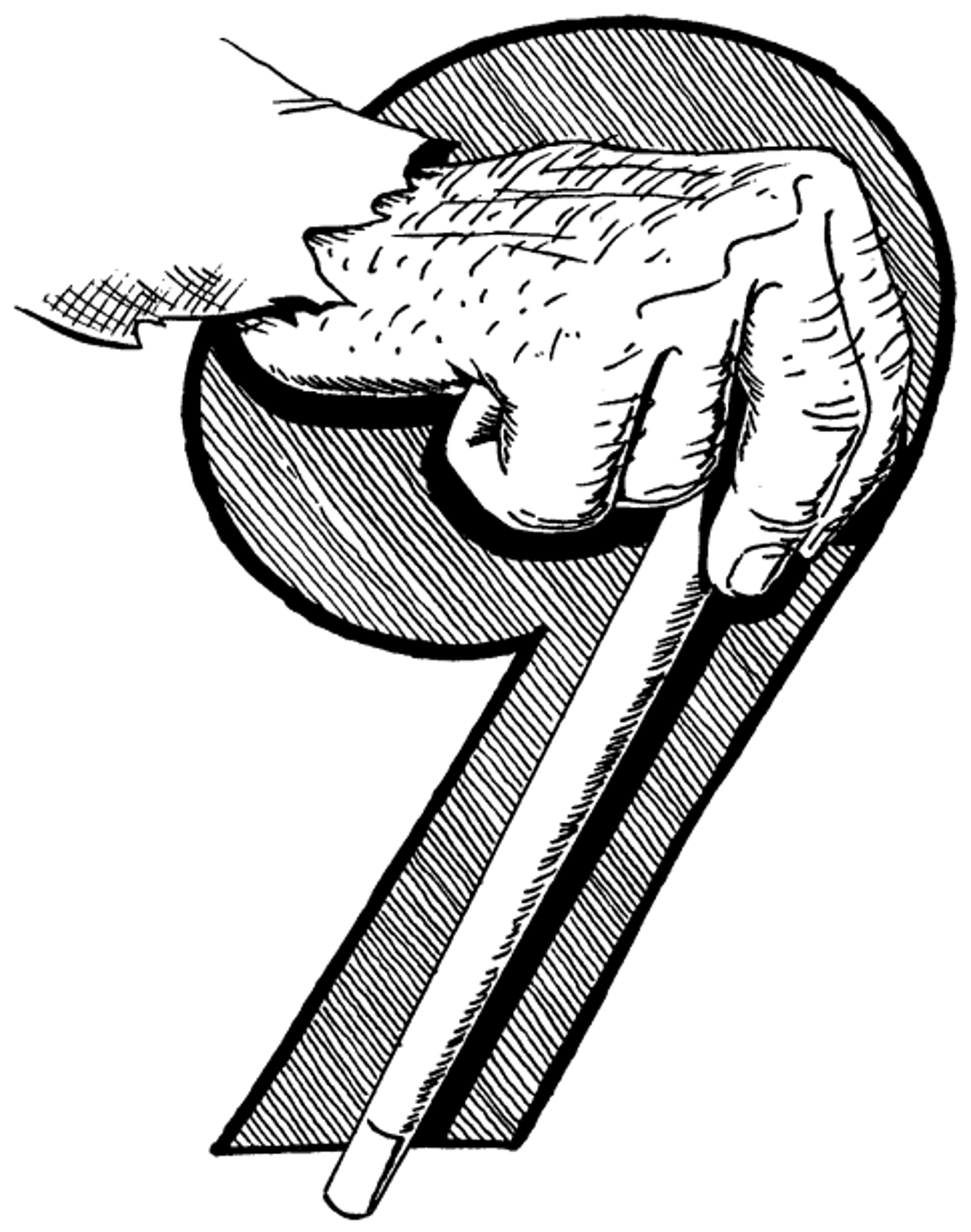
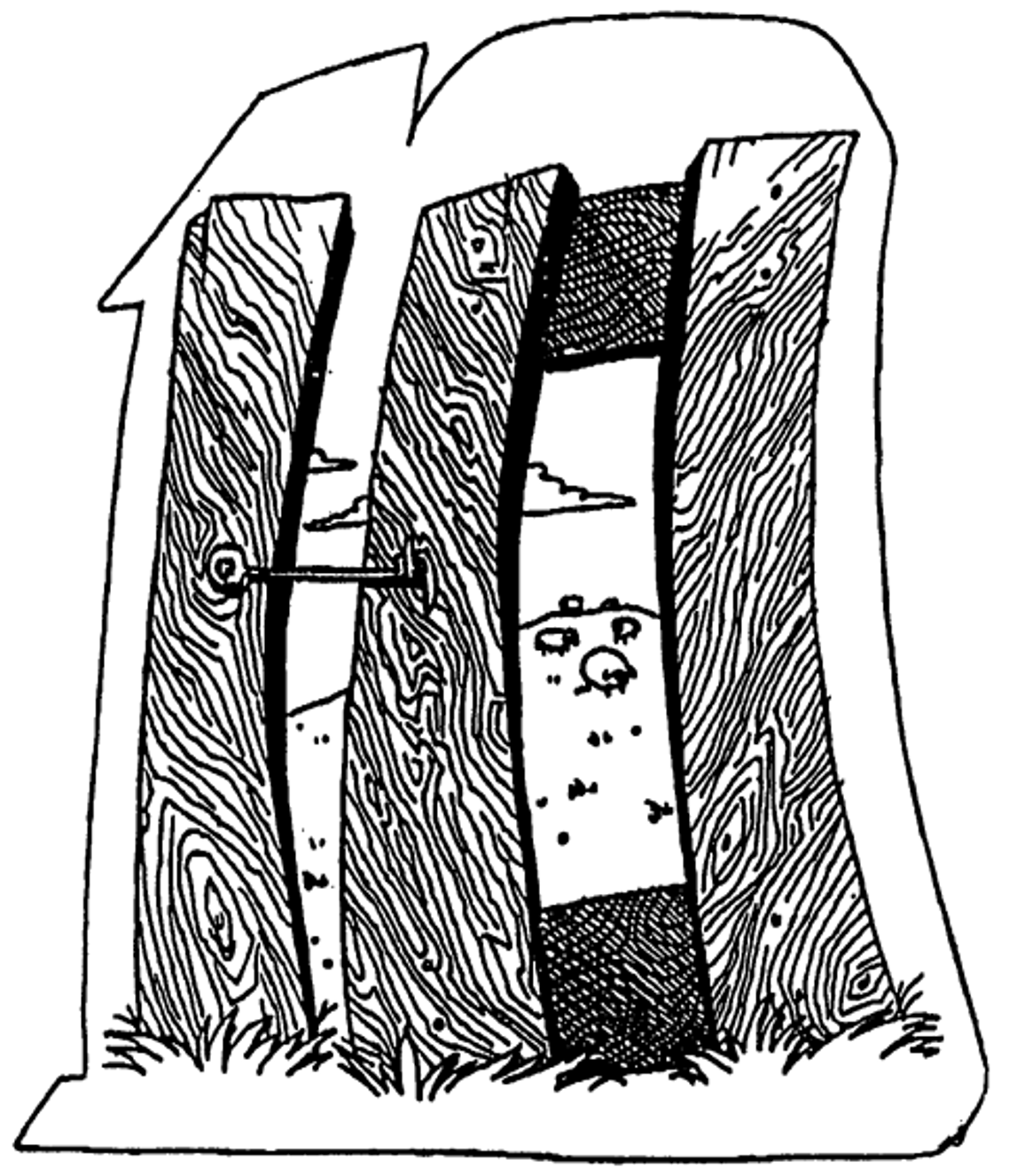
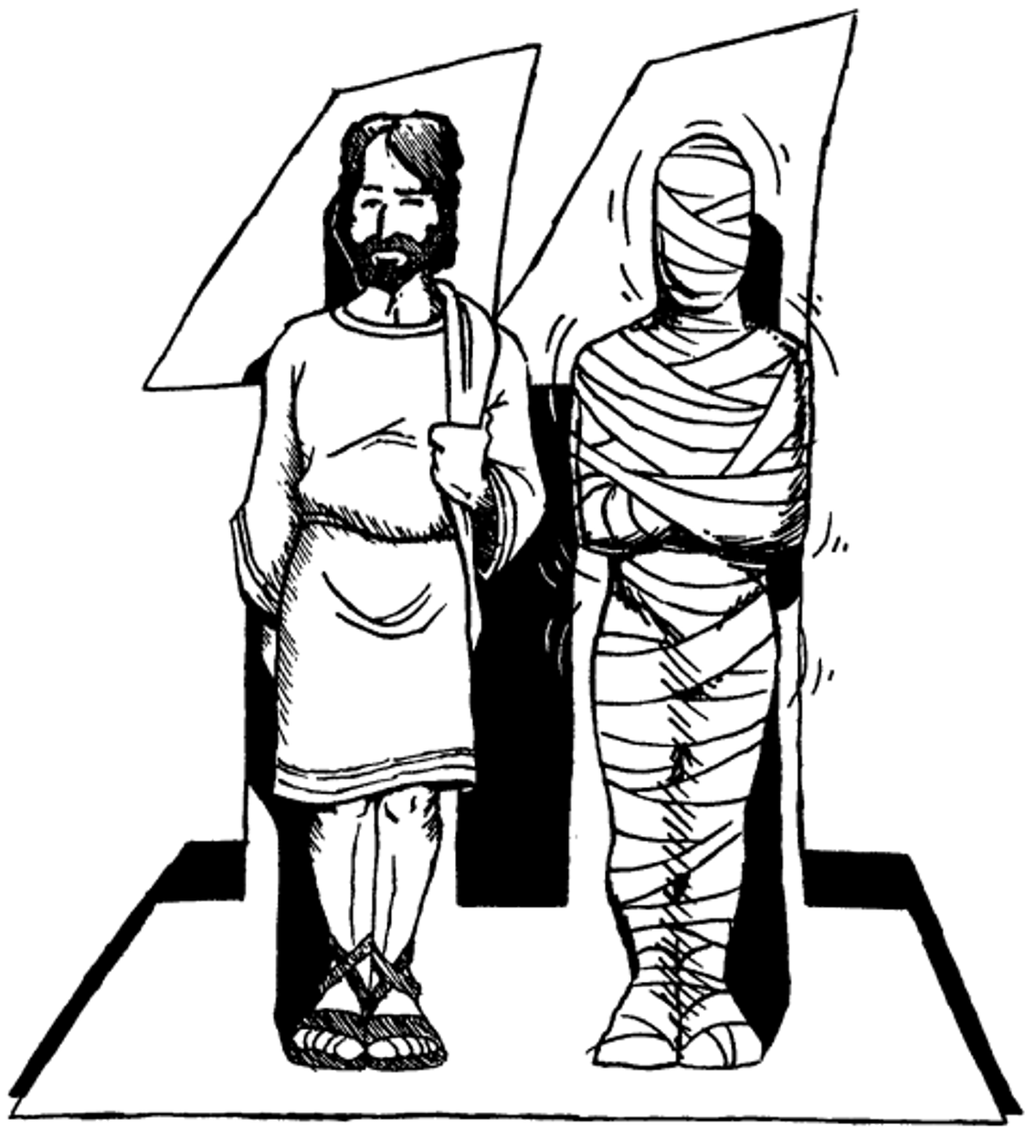
The number 9 looks a bit like a cane, from which you can remember that chapter 9 contains the story of Jesus healing the blind man. In this chapter, Jesus said, “I am the light of the world,” the one who gives sight to the blind. The number 10 looks a bit like a gate, into which the sheep can pass. Thus, chapter 10 contains the “I am” statements of Jesus, where he said, “I am the door” and “I am the good shepherd.” In chapter 11, we see the great story of Jesus raising Lazarus from the dead. You can remember this, because the number 11 looks like two people standing side by side. And in the picture, one of them is Jesus, and the other is Lazarus, still wrapped in his grave clothes. In verse 25, Jesus said, “I am the resurrection and the life. Whoever believes in me, though he die, yet shall he live.” That’s the core of the gospel, right there, that eternal life comes through faith in Jesus! And we looked at that chapter on Easter morning.
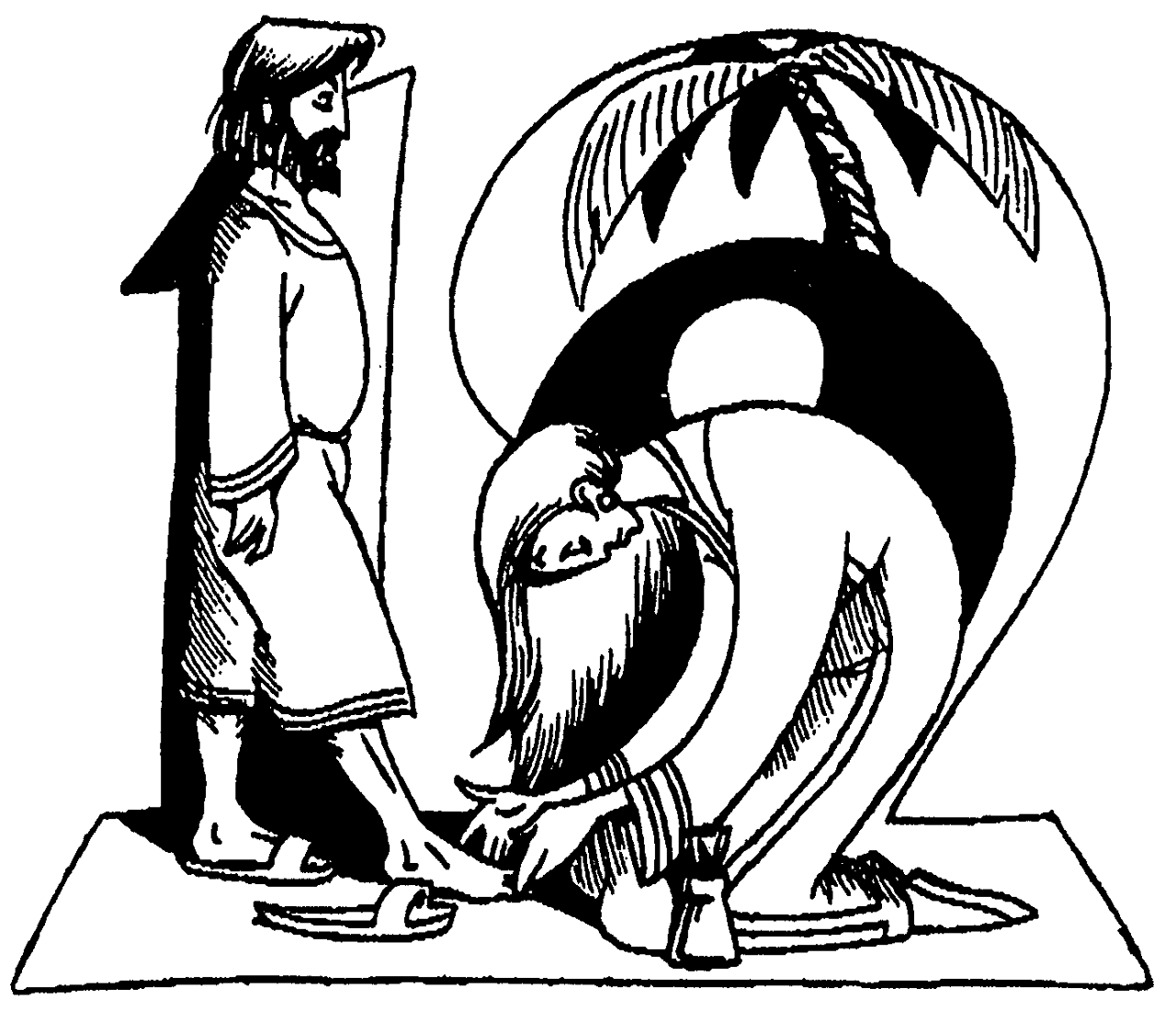
We find ourselves in chapter 12 this morning, which begins with the story of Mary pouring out the perfume on the feet of Jesus, wiping it off with her hair. It was a sign of great love to Jesus, an act of worship, in preparing him for burial. We looked at that story last week. If you look closely at our picture, you can see Mary anointing the feet of Jesus, and in the background there are some palm trees, which are mentioned in the story of the triumphal entry of Jesus into Jerusalem.
So, look again at verse 12,
John 12:12-13
The next day the large crowd that had come to the feast heard that Jesus was coming to Jerusalem. So they took branches of palm trees and went out to meet him, crying out, “Hosanna! Blessed is he who comes in the name of the Lord, even the King of Israel!”
Here’s my first point to tie our thoughts together:
1. Entry (verses 12-13)
In verses 12 and 13, we see Jesus entering into Jerusalem, as the King of Israel!
Note here in verse 12, that we have a time reference, “the next day.” That brings us back to verse 1, which places us six days before the Passover. So it is now five days before the Passover. Bringing us to Sunday. Which is why the church has celebrated this event down through the centuries,
Jesus is entering Jerusalem, to the cheer and acclaim of the crowds. Now, the reason why there was such a big crowd there to receive Jesus is because they were anticipating that Jesus might come. Back in chapter 11, we heard that "the Passover of the Jews was at hand, and many went up from the country to Jerusalem before the Passover to purify themselves. They were looking for Jesus and saying to one another as they stood in the temple, “What do you think? That he will not come to the feast at all?” (John 11:55-56).
It seems as if every time a feast came up, Jesus show up, and things happen. Jesus healed the lame man in chapter 5 during a feast (John 5:1). Jesus healed the blind man during the Feast of Booths (John 7:2). Jesus raised Lazarus from the dead during the Feast of Dedication (John 11:22). So it seems natural for a crowd to be anticipating him coming to the feast. Perhaps they were wondering what Jesus might do this time at the feast. But the crowds knew of the stirring hostility between Jesus and the leaders. They were wondering if this hostility might keep him away. It didn’t.
Jesus came into Jerusalem, riding on a donkey. And the people "took branches of palm trees and went out to meet him, crying out, “Hosanna! Blessed is he who comes in the name of the Lord, even the King of Israel!” (verse 13). Why did they take “branches of palm trees” on this day that they welcomed Jesus into Jerusalem?
It a common practice to carry palm branches into the feast. The people of Israel were told to do this during the Feast of Booths: "And you shall take on the first day the fruit of splendid trees, branches of palm trees and boughs of leafy trees and willows of the brook, and you shall rejoice before the Lord your God seven days" (Leviticus 23:40).
We know from history that when the Jewish fighters returned in victory during the Maccabean Revolt (200 years before 141BC), they were greeted with palm branches and rejoicing. Listen to what is written in 1 Maccabees 13:51, "On the twenty-third day of the second month, in the one hundred and seventy-first year, the Jews entered the citadel with shouts of praise, the waving of palm branches, the playing of harps and cymbals and lyres, and the singing of hymns and canticles, because a great enemy of Israel had been crushed." This day was like V-J day, when America was victorious over Japan in 1945, when there was dancing in the streets.
Later, at the rededication of the temple during the days of the Maccabees, there was a similar celebration! D. A. Carson said that the “waving of palm branches was no longer restrictively associated with Tabernacles. In this instance, it may well have signaled nationalist hope that a messianic liberator was arriving on the scene.”[3]
Now, some of the crowds had already identified Jesus as the coming king. Do you remember in John 6, after Jesus fed the 5,000? The crowds were wanting to take Jesus by force and make him king! At that point, Jesus withdrew himself, knowing that his hour had not yet come. But this was different, Jesus knew that his hour was at hand (John 13:1). And Jesus was ready to receive the praise of the crowds at this moment as he entered into Jerusalem. This is not unlike the cheers that the new Pope received this past week, as many are placing their hope in him!
Notice what the people were saying, “Hosanna! Blessed is he who comes in the name of the Lord, even the King of Israel!” (verse 13). The first part of this phrase is a quote from Psalm 118, which was often sung in the temple by the Jews during the feasts. “Hosanna” as a prayer of salvation. It’s a call to the LORD to save! Consider the following portion of the Psalms:
Psalm 118:25-26
Save us, we pray, O LORD!
O LORD, we pray, give us success!
Blessed is he who comes in the name of the LORD!
We bless you from the house of the LORD.
You can see these elements in verse 13, a cry for salvation! an affirmation of blessing.
But there is something in verse 13 that isn’t in Psalm 118. It’s this last phrase, "even the King of Israel!” The crowd was saying, “We have a king!” Here he comes! This is the one!
This week, the Catholics cried out, “Habemus Papam!” During the Triumphal Entry, the Jews cried out, “Habemus Regem!” “We have a king!” This is the Messianic hope! It was the hope that the Messiah would come and rule and reign.
Their hope was right! This all was in God’s plan! We see this in our second point.
2. Prophecy (verses 14-16)
John 12:14-15
And Jesus found a young donkey and sat on it, just as it is written, "Fear not, daughter of Zion; behold, your king is coming, sitting on a donkey's colt!”
This is a prophesy from Zechariah 9:9. Here is the entire verse:
Zechariah 9:9
Rejoice greatly, O daughter of Zion!
Shout aloud, O daughter of Jerusalem!
Behold, your king is coming to you;
righteous and having salvation is he,
humble and mounted on a donkey,
on a colt, the foal of a donkey.
The Jews on that Palm Sunday were rejoicing greatly! They were shouting aloud! The king was coming to them, humble and mounted on a donkey. Only, the Jews didn’t quite understand this. I say this because of verse 16 tells us that even his disciples didn't understand these things.
John 12:16
His disciples did not understand these things at first, but when Jesus was glorified, then they remembered that these things had been written about him and had been done to him.
Again, we see John writing, not a straight record of history, but a combination of history with his comments interpreting what was going on. John writes that Jesus knew what was going on. In verse 14 we read, "Jesus found a young donkey and sat on it, just as it is written." Jesus knew that this was written. He sent t
John leaves out the details that Matthew, Mark, and Luke all include, of how Jesus had sent two of the disciples into the village, and how they would find a cold tied up, on which nobody had ever ridden, and how they need to untie it and bring it to Jesus. Jesus explained that “If anyone asks you, ‘Why are you untying it?’ you shall say this: ‘The Lord has need of it.’ And he will send it at once” (Luke 19:29-31; Matthew 21:2-3; Mark 11:2-3).
I have some before mock the Christian faith by saying that Jesus said, “‘You shouldn’t steal,’ but right here, he sent his disciples to steal this young donkey.” They missed the fact that Jesus had probably arranged this all along. As John simply says, "Jesus found a young donkey and sat on it," as if he was the one who did the searching. He probably did beforehand.
Anyway, Jesus knew what was going on. He knew that he had to sit on this donkey and come into Jerusalem, to fulfill the prophesy. It was written that this would happen (verse 14). But the disciples were not grasping the significance of the moment. Yes, Jesus was the king coming into Jerusalem, as had been foretold by Zechariah.
Consider again verse 16,
John 12:16
His disciples did not understand these things at first, but when Jesus was glorified, then they remembered that these things had been written about him and had been done to him.
The disciples missed so much about that week, that only became clear in retrospect. This is but one instance of how much the disciples missed. Another instance was the shout of the crowd: “Hosanna! Blessed is he who comes in the name of the Lord, even the King of Israel!” (verse 13). As I mentioned before, this came from Psalm 118:25-26. But what’s also in that Psalm is verse 22,
Psalm 118:22
The stone that the builders rejected has become the cornerstone.
This was what happened to Jesus, the cornerstone! He was rejected by the people. In a few short days, they will arrest him in the garden, and bring him before Pilate, and demand that he be put to death! Pilate will even object, saying, “I find no guilt in him” (John 18:38). Yet, they demanded that he be crucified, crying out, “Crucify him, crucify him!” (John 19:6).
So, to keep the peace, Pilate ordered his crucifixion. Jesus was rejected. But Jesus rose from the dead in victory, to become the cornerstone, the very foundation of the church! And we must believe in this rejected and crucified Messiah, because this is the way of the kingdom! The way up is down! The way to victory is rejection!
The disciples didn’t understand this! Nor did they fully understand how Jesus was the king! To be sure, the people were crying out, “Hosanna! Blessed is he who comes in the name of the Lord, even the King of Israel!” But I don’t think the disciples grasped this. To them, a king would come on a royal steed, not a donkey! To them, a king would come and rule, not be rejected and cast away. To them, the kingdom would come now, not later.
But Jesus had another plan. He will come and rule later. In Revelation 19, John writes of how Jesus will come, riding on his white horse to rule and to reign in his kingdom!
Revelation 19:11-16
Then I saw heaven opened, and behold, a white horse! The one sitting on it is called Faithful and True, and in righteousness he judges and makes war. His eyes are like a flame of fire, and on his head are many diadems, and he has a name written that no one knows but himself. He is clothed in a robe dipped in blood, and the name by which he is called is The Word of God. And the armies of heaven, arrayed in fine linen, white and pure, were following him on white horses. From his mouth comes a sharp sword with which to strike down the nations, and he will rule them with a rod of iron. He will tread the winepress of the fury of the wrath of God the Almighty. On his robe and on his thigh he has a name written, King of kings and Lord of lords.
This is the reality of the coming kingdom of Jesus. He came on a donkey as a humble king the first time. But he will come on a white horse waging war in the future as he ushers in his kingdom! This is all according to his plan. This is all according to prophecy.
OK, let’s look at our last point:
3. Testimonies (verses 17-19)
John 12:17-19
The crowd that had been with him when he called Lazarus out of the tomb and raised him from the dead continued to bear witness. The reason why the crowd went to meet him was that they heard he had done this sign. So the Pharisees said to one another, “You see that you are gaining nothing. Look, the world has gone after him.”
I named this point “testimonies” because we have three groups of people in verses 17-19.
First off, we had those who were at the tomb of Lazarus. These were those who saw Jesus come to the tomb, where Lazarus had been dead for four days! And they saw Jesus order the stone rolled away (John 11:39). And they saw Jesus lift up his eyes to heaven and pray, "Father, I thank you that you have heard me. I knew that you always hear me, but I said this on account of the people standing around, that they may believe that you sent me” (John 11:41-42). And they heard Jesus say, “Lazarus, come out.” And they saw Jesus come out from the tomb!
Then, they were talking about it.
John 12:17
The crowd that had been with him when he called Lazarus out of the tomb and raised him from the dead continued to bear witness.
Can you imagine these conversations?
One may have said, "You won’t believe what I saw with my own eyes. Lazarus was dead, buried for four days, and Jesus called him out of the tomb! I was there when it happened. One moment we were all mourning, and the next, we saw him walking out alive! This man, Jesus, has power even over death. I’m telling you, he must be the Messiah we’ve been waiting for."
Another may have said, "I was there! I saw it with my own eyes! We had all gone to mourn Lazarus. Four days he’d been in that tomb. His sisters were heartbroken, and the whole village was grieving. Then Jesus came. He wept with them. But then, he did something I’ll never forget. He stood before the tomb and shouted, ‘Lazarus, come out!’ And I’m telling you, Lazarus walked out, still wrapped in grave clothes! I’ve never seen anything like it. This wasn’t a trick or rumor. It happened right in front of me. Since that day, I can’t stop talking about Him. If Jesus has power over death, how can He not be the one God sent? I believe He’s the Christ, the one we’ve waited for Him all our lives!"
These were the types of conversations that were happening in those days. And then, in verse 18, we see those who had heard these testimonies. They had come out to meet Jesus, coming into the city. This is why they hailed him as a king, because they believed in these testimonies.
Do you? Do you believe that Jesus raised Lazarus from the dead? Do you believe that he has power over the dead? The gospel of John has been written that you might believe in Jesus, the Son of God, and that by believing you may have life in his name.
Well, there was another group of people giving their testimony. They come in verse 19,
John 12:19
So the Pharisees said to one another, “You see that you are gaining nothing. Look, the world has gone after him.”
With these words, the Jews were speaking better than they knew. This is similar to what Caiaphas said in chapter 11.
John 11:47-50
So the chief priests and the Pharisees gathered the council and said, “What are we to do? For this man performs many signs. If we let him go on like this, everyone will believe in him, and the Romans will come and take away both our place and our nation.” But one of them, Caiaphas, who was high priest that year, said to them, “You know nothing at all. Nor do you understand that it is better for you that one man should die for the people, not that the whole nation should perish.”
He spoke better than he knew. Yes, it is better that Jesus die to save us from our sins. Caiaphas said that it would be better for this man to die, so that we can be preserved as a nation. If this man doesn't die, then Rome would come and take us over. So, he said, "We need to kill that man that we might be saved."
I believe that the Pharisees here in verse 19 spoke better than they knew because they said, "Look! The world has gone after him!” You might say, "That just means 'lots of people.'" Not so fast. Look what happens in the next verse: "Now among those who went up to worship at the feast were some Greeks. So these came to Philip, who was from Bethsaida in Galilee, and asked him, 'Sir, we wish to see Jesus'" (verses 20-21).
You have the Jews and you have the Gentiles. Yes, this saying in verse 19, "The world is going after him" refers to lots of people. But in verses 20-21, we see that the world can also infer the reach of Jesus to the Gentiles. (We will dig into that next week).
But realize here that the prophecy is that the world is going to go after him: Jews and Gentiles! And even folks from Illinois and Wisconsin. We are those in the world.
Have you gone after Jesus? Can you say, “Habemus Regem!”? “We have a king!”
This sermon was delivered to Rock Valley Bible Church on May 11, 2025 by Steve Brandon.
For more information see www.rockvalleybiblechurch.org.
[1] https://albertmohler.com/2025/05/09/briefing-5-9-25/.
[2] During my message, I displayed pictures from Tom Lach's excellent book, “The Stories of the Gospel of John, Memorized in 35 Minutes.” Each picture is a drawing of a number, corresponding to a chapter in the gospel of John. Each picture contains elements depicting what happens in each chapter. These pictures are very helpful in grasping the overall picture of the gospel of John.
[3] D. A. Carson, The Gospel According to John (Grand Rapids: Eerdmans, 1991), 432.


